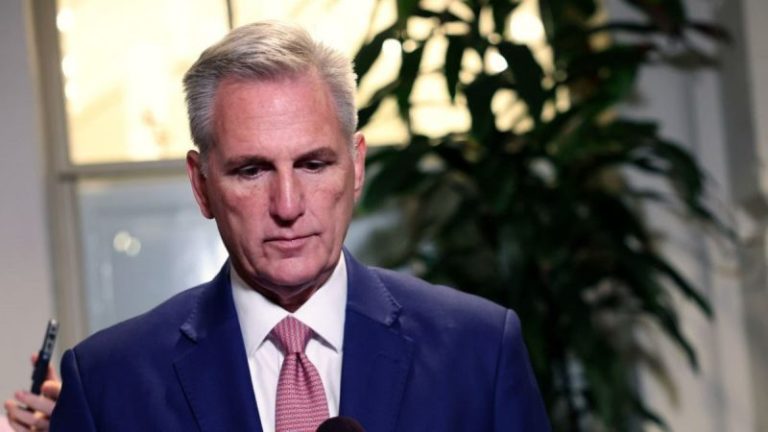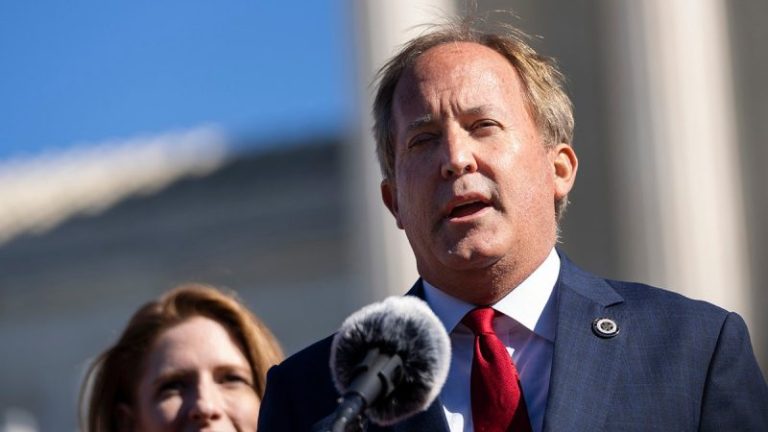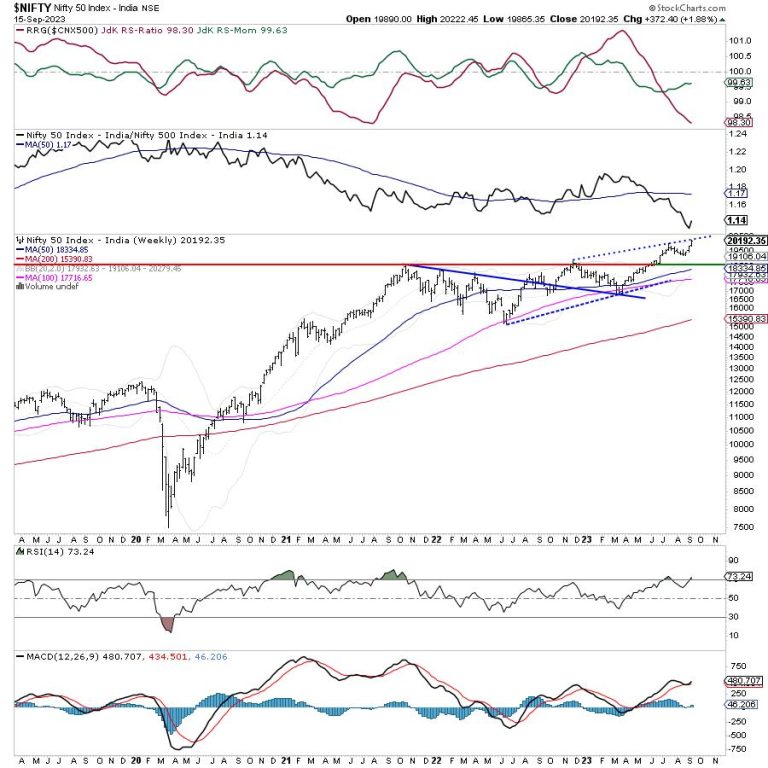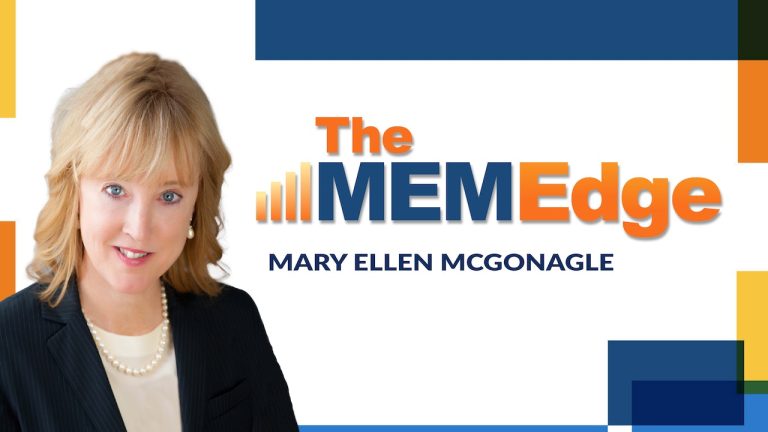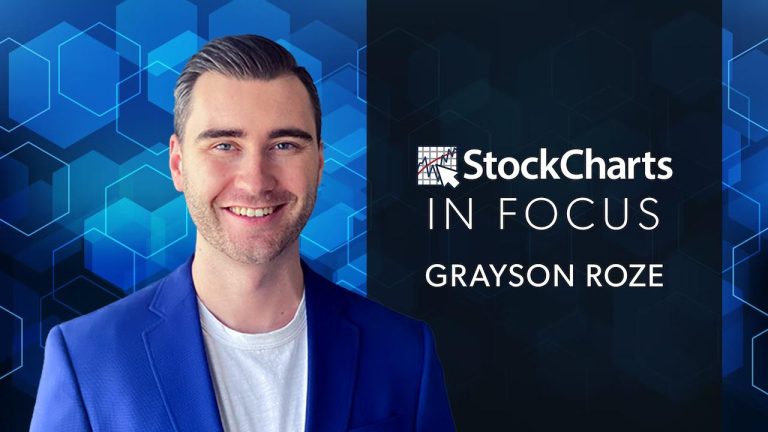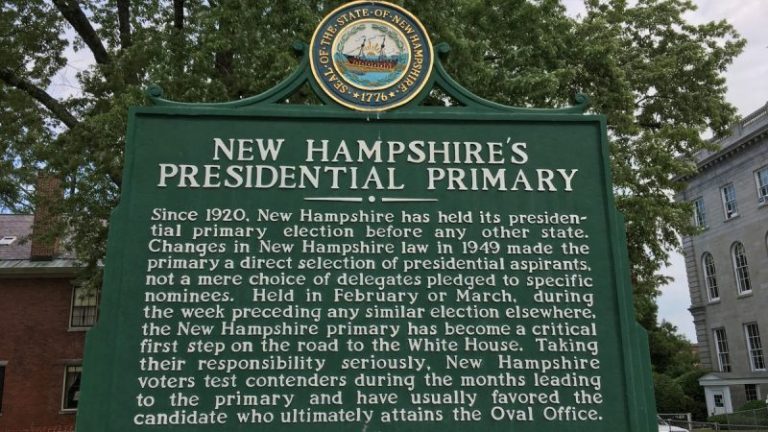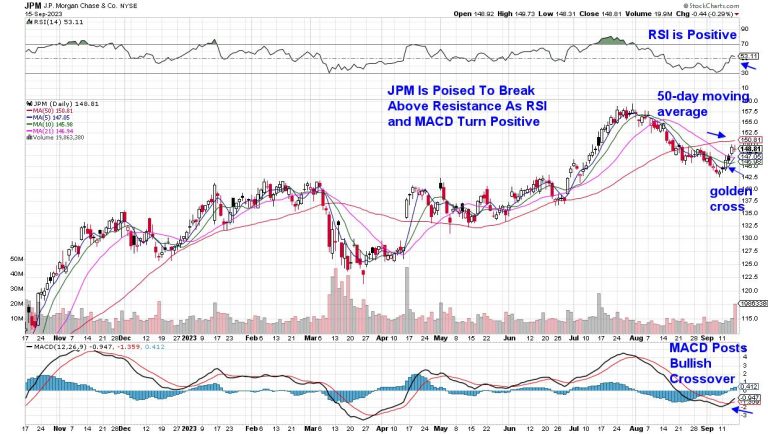‘I always have a plan. That doesn’t mean it happens,’ House Speaker Kevin McCarthy, R-Calif., said early Thursday afternoon. ‘I had a plan for this week. It didn’t turn out exactly as I had planned.’
McCarthy’s ‘plan’ was for the House to approve a defense spending bill stocked with all sorts of conservative priorities. The measure included the elimination of ‘woke’ policies in the military focused on ‘inclusion’ and ‘diversity.’
The bill also torpedoed a Pentagon decision to permit service members seeking abortions to travel across state lines. Sen. Tommy Tuberville, R-Ala., is holding up the promotions of about 300 senior officers across all branches in protest.
But that wasn’t enough for House Republicans. McCarthy lacked the votes to even put the defense bill on the floor.
MASK CONFUSION ENTERS CONGRESS AGAIN AS COVID-19 CASES TICK UP
‘I don’t have one complaint by any member about what’s wrong with this bill,’ McCarthy groused.
It’s always about the math on Capitol Hill. McCarthy’s margin is even tighter now thanks to the resignation of former Rep. Chris Stewart, R-Utah. There are just enough arch-conservatives to vote no who won’t support much of anything. That’s despite McCarthy stripping spending on various appropriations bills well below the level agreed to in the debt ceiling accord forged with President Biden.
McCarthy torched his opponents in a closed-door House Republican Conference meeting Thursday. The speaker is exasperated by right-wing intransigence to passing even GOP bills that articulate core conservative priorities. That’s to say nothing of intimations from right-wing members who are threatening to oust McCarthy from the speaker’s position, disappointed in his stewardship.
McCarthy brought the heat in the private meeting, dropping F-bombs on fellow Republicans he believes were obstinate.
‘I showed frustration in here because I am frustrated with the committee or frustrated with some people in the conference,’ McCarthy said afterward. ‘I don’t walk away from a battle.’
McCarthy promised that if it will take ‘a fight, I’ll have a fight.’
The speaker’s loyalists closed ranks around the California Republican.
‘He’s irritated,’ said Rep. Don Bacon, R-Neb., when asked about McCarthy’s salty language.
‘The speaker said, ‘Look, if you want to make a motion to vacate the chair, bring it on,’’ added Rep. Darrell Issa, R-Calif.
Let’s go back to the math.
MCCARTHY TO GREEN LIGHT BIDEN IMPEACHMENT INQUIRY THIS WEEK
It’s doubtful that anyone would have votes to dethrone McCarthy at this stage. And while few say it out loud, many believed McCarthy talking impeachment all summer long would buy him political capital with detractors.
Even some moderate Republicans representing battleground districts like Bacon and Rep. Tony Gonzales, R-Texas, embraced McCarthy’s impeachment gambit of President Biden.
‘I think we should have impeached his ass a long time ago,’ said Gonzales, miffed about how the president handled the border.
But McCarthy faces a triangle of trouble.
The impeachment inquiry begins as McCarthy attempts to avert a government shutdown and could face a no-confidence vote from rank-and-file members.
House Minority Leader Hakeem Jeffries, D-N.Y., characterized it as a ‘three-ring circus.’
‘They can’t even bring the defense appropriations bill to the floor because they’ve totally lost control of the floor to the extremists who are running the House,’ said Jeffries.
The New York Democrat seemingly sympathized with McCarthy about his conundrums.
‘He’s not wrong in terms of the schizophrenic nature of some of the demands that have been made by House Republicans,’ said Jeffries.
McCarthy’s angered right-wingers because the House must likely approve an interim spending bill that simply renews all old funding on a temporary basis to avoid a shutdown. McCarthy said this week the stopgap measure could last for a month or two.
What McCarthy didn’t say was that he probably needs to lean on Democrats to provide the votes to avoid a shutdown. The combination of failing to trim spending immediately and relying on more Democratic votes — a la what happened in May to approve the debt ceiling accord — is a toxic political cocktail for the speaker. It doesn’t matter what he does on impeachment.
‘If it takes too long get a vote for impeachment, I’m forcing a vote on impeachment,’ vowed Rep. Lauren Boebert, R-Colo.
It was Boebert who tried to deposit a snap resolution on the floor in June to impeach President Biden on the spot. This was all without committee hearings or any other vetting. The speaker intervened, euthanizing Boebert’s resolution. It’s unclear if McCarthy wishes he could rapidly say ‘Beetlejuice, Beetlejuice, Beetlejuice’ to make antagonists like Boebert disappear.
Some conservatives accused McCarthy of pivoting to impeachment because of struggles to prevent a shutdown and slash spending.
‘He likes talking impeachment because it is a way to divert from the very failure to align to the commitment that was made in January,’ said Rep. Matt Gaetz, R-Fla.
Gaetz nearly blocked McCarthy from becoming speaker in January.
Some conservatives vow they will abandon McCarthy if he attempts to just re-up the old funding without immediate cuts.
‘Speaker McCarthy is not living up to the promises that he made in order to secure that gavel,’ said Rep. Matt Rosendale, R-Mont.
It’s notable that Gaetz, Boebert and Rosendale — along with representatives Bob Good, R-Va., Andy Biggs, R-Ariz., and Eli Crane, R-Ariz., all voted ‘present’ and never supported McCarthy on the 15th and final ballot for speaker in January.
All it takes is one member to demand the House conduct a vote to ‘vacate the chair’ and there’s a potential challenge to McCarthy’s speakership. The House has voted to elect a new speaker before when a speaker died or resigned in the middle of the Congress.
Such was the case in 2015 when former House Speaker John Boehner, R-Ohio, announced his retirement. Thus, a successful vote to ‘vacate the chair’ would trigger an unprecedented mid-Congress vote for speaker on the floor.
Ironically, some Democrats could bail out McCarthy if it comes to that.
‘I think the motion to vacate the chair should be opposed,’ said Rep. Don Beyer, D-Va. ‘We’d rather have the speaker we know than the speaker we don’t know.’
But the top House Democrat said McCarthy could be on his own.
‘They’re going to have to work out their own, internal poisonous, partisan, political dynamics,’ Jeffries said of House Republicans.
Fox is told that House leaders don’t expect any motion to vacate the chair until after the House votes on a still-hypothetical interim spending bill that doesn’t align with conservative demands. So, for now, McCarthy is trying to spray foam on the smoldering spending embers.
‘Nobody wins in a government shutdown,’ said McCarthy.
That is McCarthy’s plan.
But as the speaker conceded, his plan doesn’t always work out.

